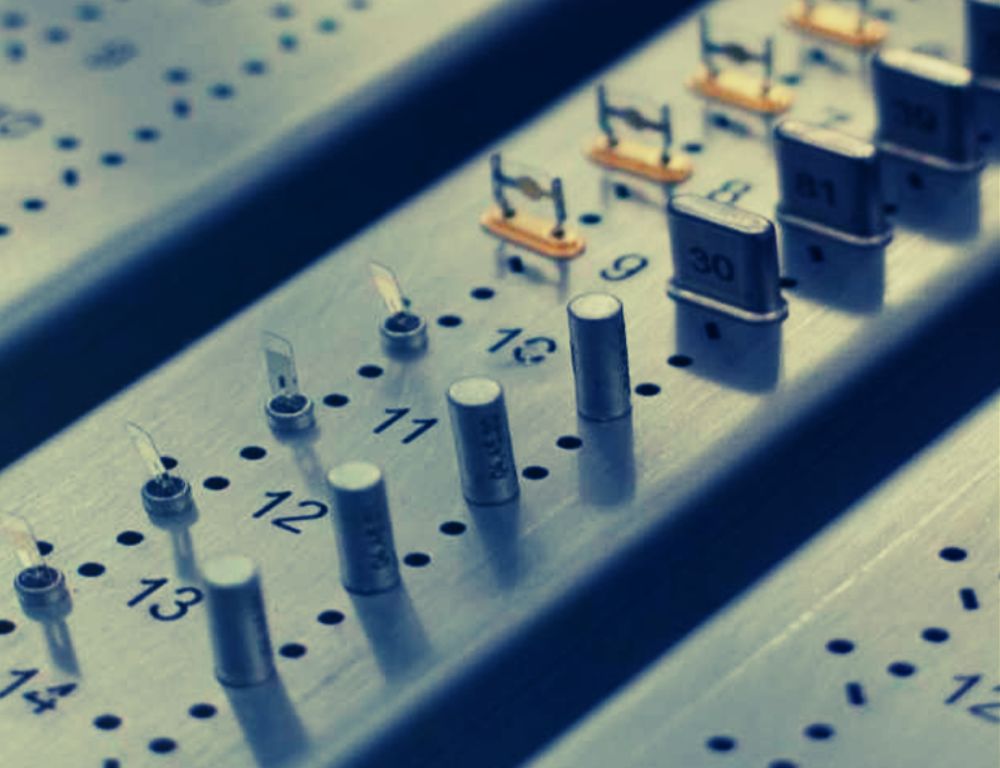The “Acoustoelectronics” Laboratory conducts fundamental and applied research in the field of acoustoelectronics and sensor technologies.
Main research directions include:
Application of bulk acoustic (electromechanical) waves (BAW) in resonator structures for the development, study, and optimization of chemical and biological sensors for:
- detection of harmful gas concentrations in air;
- spermatological analysis of human ejaculate;
- comprehensive biochemical analysis of human urine.
- Development of piezoresonance sensors for analyzing the quality of alcoholic beverages and their use as highly sensitive alcohol breathalyzers.
- Synthesis and investigation of thin polymer films and composites in plasma for applications in piezoresonance sensor systems and medicine.
- Development of nanotechnologies for the functional activation and cryopreservation of human spermatozoa.
- Synthesis of superhydrophobic coatings from carbon soot and study of their antimicrobial, anti-corrosive, thermal, ice-repellent, and cryoprotective properties for use in condensed matter physics, reproductive medicine, and biomedical engineering.
- Development of concrete structures with self-sensing capability for mechanical deformation.
- Mathematical modeling of physical processes.
Technological infrastructure and methods:
- Fully equipped technological line and measurement systems for the implementation and analysis of temperature- and mass-sensitive quartz resonators for sensor applications.
- Modern equipment for high-precision analysis of human ejaculate, including determination of sperm concentration and motility, as well as the volume and pH of seminal plasma.
- The sensitivity of high-frequency piezoelectric (acoustic) sensor systems functionalized with various thin-film coatings to aggressive/harmful gases is studied via the quartz crystal microbalance (QCM) method using a unique setup designed and built in the laboratory.
Additional developments include:
- A method for synthesizing new polymers and composites in glow discharge using various monomers.
- Synthesis of superhydrophobic carbon soot with highly reproducible physicochemical properties, carried out using a specialized combustion system developed by the Acoustoelectronics Laboratory team.
- The laboratory continuously improves its technologies with a focus on their application in industry, medicine, and environmental monitoring.


